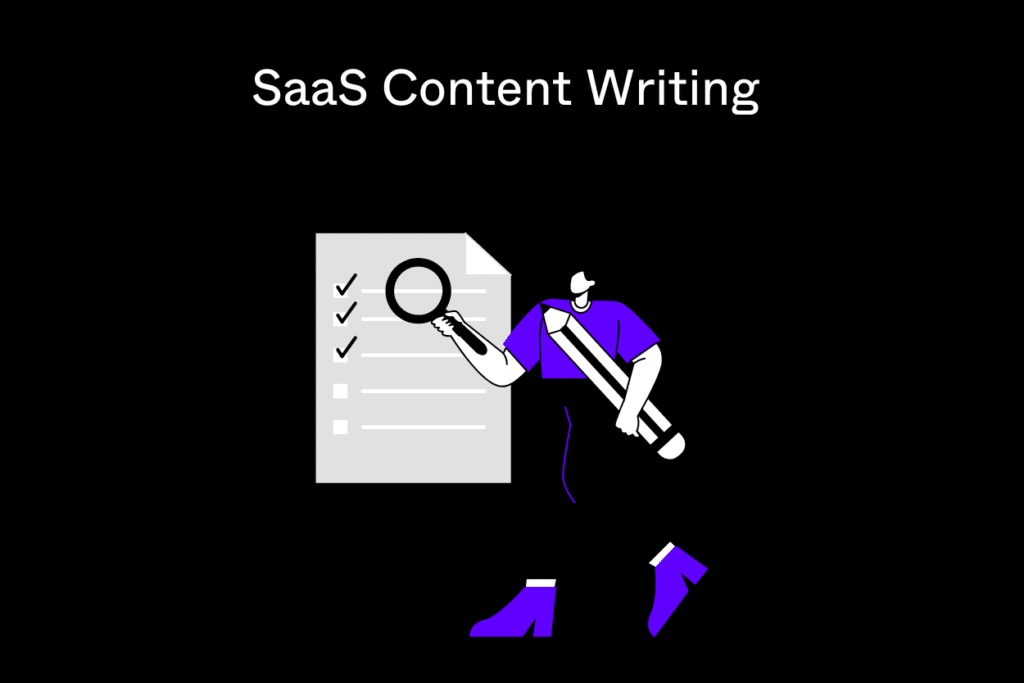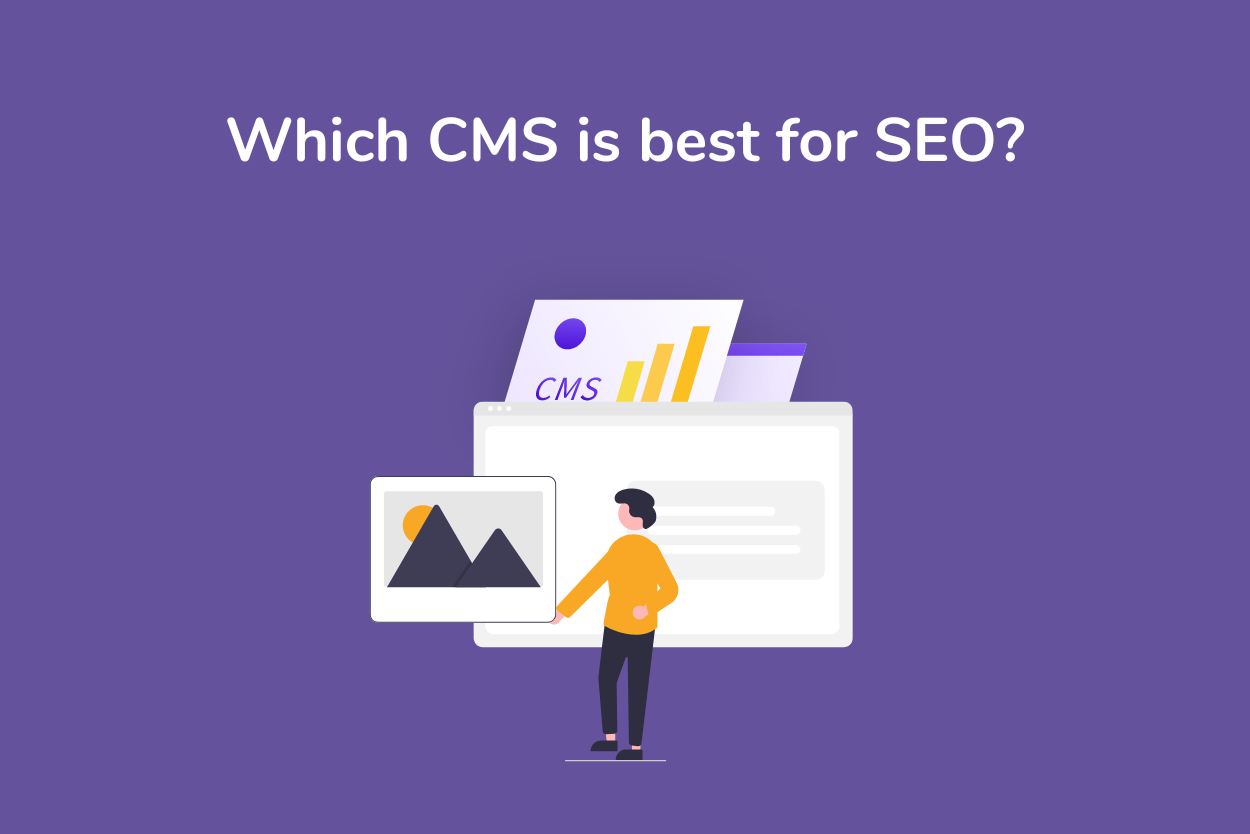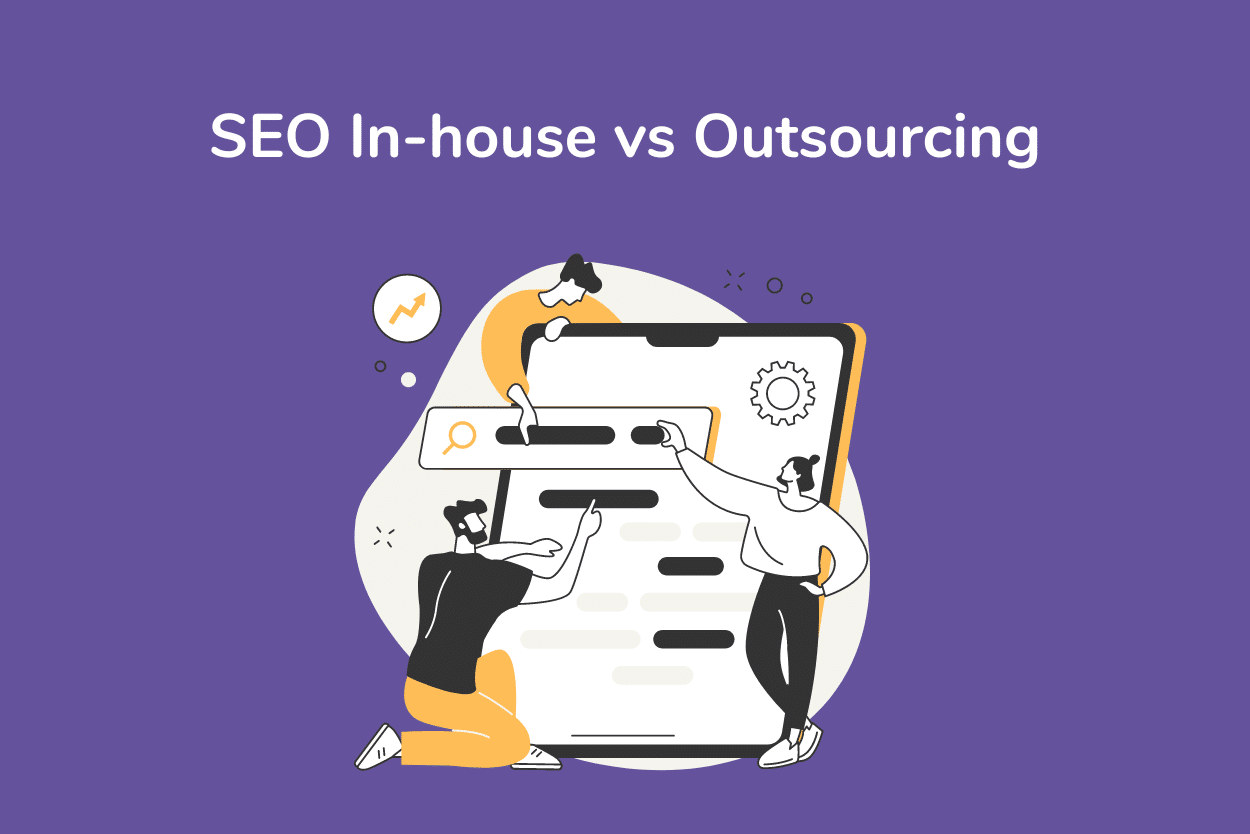
In the rapidly changing landscape of Software as a Service (SaaS), content writing is essential for driving a company’s growth and success. Unlike traditional product marketing, SaaS content writing demands a special mix of technical expertise, a focus on the customer, and strategic insight.
It goes beyond merely promoting a product; it involves educating your audience, addressing their challenges, and showcasing how your software integrates into their lives or business operations. According to the 97% of businesses are seeing some degree of success with their content marketing efforts
By producing targeted, insightful, and actionable content, SaaS companies can foster trust, boost user engagement, and increase conversions, making content writing a vital component of any SaaS marketing strategy.
What is SaaS Content Writing & What It Brings to Your Company
In other words, writing SaaS content means creating focused content that will help prospective users understand and maximize software services. Examples include blog posts, case studies, tutorials, and comparison pages. The ultimate objective is to clearly explain how the SaaS product solves end-user pain and makes complicated features of the software much more accessible. Quality SaaS content provides a host of benefits to your business, including:
- Increased brand authority.
- Better rankings in the search engines.
- Better generation of leads through information with conversion-oriented content.
- Improved customer retention by way of education.
How is SaaS Content Writing Different from Other Writing Forms?
| Aspect | SaaS Content Writing | Other Writing Forms |
| Focus | Educates users on software features and problem-solving | Varies (branding, product promotion, storytelling, etc.) |
| Tone | Informative, often technical, yet accessible | Can range from conversational to persuasive or creative |
| Audience | Typically B2B or tech-savvy users | Broad audiences, depending on industry |
| Sales Cycle | Long, requiring nurturing through educational content | Shorter, often aimed at immediate conversion |
| Content Type | Case studies, guides, walk-throughs, comparisons, tutorials | Product descriptions, blog posts, advertisements, social posts |
| Goal | Build trust, educate, and convert by solving pain points | Create awareness, evoke emotions, and prompt immediate action |
| Keyword Focus | Targeted, industry-specific keywords | More general, sometimes less technical |
| Technical Depth | High; involves explaining complex software solutions | Usually lower, except for niche industries |
| Content Length | Often long-form to thoroughly explain features and benefits | Varies, with shorter forms like ads and social posts common |
| Conversion Strategy | Free trials, demos, in-depth customer journeys | Immediate purchases or emotional appeal-driven actions |
Benefits of SaaS Content Writing
SaaS content writing offers several key benefits:
- Customer Education: It helps potential customers understand how to use the product effectively.
- SEO Optimization: By targeting relevant keywords, SaaS content can significantly boost search engine rankings, attracting organic traffic.
- Increased Engagement: SaaS content often includes interactive elements like guides and checklists, helping to engage and convert readers.
- Establishing Authority: Through consistent, valuable content, SaaS businesses can establish themselves as industry experts.
What Marketing Strategies SaaS Content Writers Use to Drive Sales
Here are seven proven SaaS content strategies that help drive engagement and conversions:
1. Case Studies
Show how your software solved real-world problems for clients. This builds trust and demonstrates your product’s value through tangible results.
2. Checklists and Listicles
Easy-to-digest content offering actionable steps, like “10 Steps to Improve SaaS Workflow,” is great for engaging readers quickly.
3. Comparison and Versus Pages
Highlight your product’s advantages by directly comparing it to competitors. These pages are useful for prospects in the decision-making stage.
4. Guides and Walk-throughs
Step-by-step tutorials help users understand how to use your software, building trust by offering practical solutions.
5. Statistics Posts
Share relevant industry stats to establish credibility. These posts are also great for attracting backlinks, improving SEO.
6. Template Posts
Provide downloadable, ready-to-use templates related to your software’s functionality, which can boost user engagement and generate leads.
7. Reports
Present data-driven insights or market research. Reports position your company as an industry leader and can attract high-quality backlinks.
5 Brilliant SaaS Content Examples to Emulate in 2025
1. Help Scout’s Customer Support Blog:

Known for its in-depth how-to articles and walk-throughs that directly address customer pain points, making it easier for users to resolve issues on their own.
2. Intercom’s Product Updates:

Frequently shares updates on new features, showing users how the changes enhance their experience and making the product more user-friendly.
3. HubSpot’s Templates:

Provides valuable templates for content creation and lead generation, driving significant traffic by helping users save time and effort.
4. Ahrefs’ Case Studies:

Offers detailed case studies that demonstrate how businesses have succeeded using their SEO tools, building credibility and trust with potential customers.
5. Dropbox’s Guides:

Features comprehensive guides that help users maximize the benefits of Dropbox’s cloud storage solutions, ensuring customers get the most out of the product.
3 Blog Formats That Convert Most Users for SaaS Products
How-To Guides:
- What It Is: These are comprehensive pieces of content, written in a pre and post format to guide users on how to deal with certain aspects of your SaaS product.
- Why It Works: Self-help guides are highly effective because they are entirely user focused because they target a particular problem or issue and give the user ways to solve it. They are informative tools that enable potential consumers to value your software in the real economy. It also further adds your product to be seen as a solution which would increase the chances of conversion.
- Example: An article like “How to Automate Your Sales Funnel Using Our CRM” gives practical steps that explain how the application will be of benefit to its users which will help encourage them to try or buy the product.
Comparison Posts:
- What It Is: These posts pit your SaaS offering against the competition, outlining the value proposition, the cost of your software and what makes your offering better. Examples can be something like “Product X vs. Product Y” or “Comparison of the Top Project Management Tools. ”
- Why It Works: If the potential buyers are at the consideration stage, more often than not, they weigh the options available for making the right decision. Comparison posts help them make a choice much easier by pointing out the key differences between your SaaS product and the rest which will make them choose yours. It means that this format helps to trust a message and bases it on transparency as well as relying on factors important for decision-making.
- Example: A blog post such as ‘Asana vs. Trello: Which is Best for Project Management?’ gives prospects the pro’s and con’s of the two platforms making it easier for them to decide where to subscribe while promoting your product at the same time.
Listicles:
- What It Is: Listicles are articles that are created in list format, for instance, ‘5 SaaS tools for marketing automation’ or ‘10 things that every SaaS platform should have. ’ These are simple to read and they offer value in a short span of time.
- Why It Works: Listicles will be useful to users who need a non-heavy and easy to read source of information. It is because they present a selected number of simplified concepts that will enable a reader to solve an issue or make a decision. Through multiple solutions or features highlighted in listicals, more people expose the content and more overall time is spent on the page, which in turn increases the chance of a conversion.
- Example: A listicle such as ‘5 features your SaaS data backup should have’ educates the potential buyer about features they should look out for, provided yours is among them.
Conclusion
SaaS content writing doesn’t mean merely writing informative articles, it is about creating content that informs, entertains and persuades the users. Returning to regular content that has been tested time and again: As an example, more and more SaaS businesses can be seen adopting case studies, comparison posts, and how-to guides, which provide meaningful value to target audiences while highlighting the advantages of the products offered.
Appropriate content not only increases people visits and its credibility but also enables the customer to make better decisions and therefore enhance its conversion rate. Regardless of the type of content that you’re creating, whether it is an ultimate guide or a list article, every piece of content should be geared towards solving a particular problem, establishing trust, and ultimately selling your SaaS product. Laying a good content strategy, your SaaS company is capable of gaining more customer base and creating a steadfast market among the competitors.



